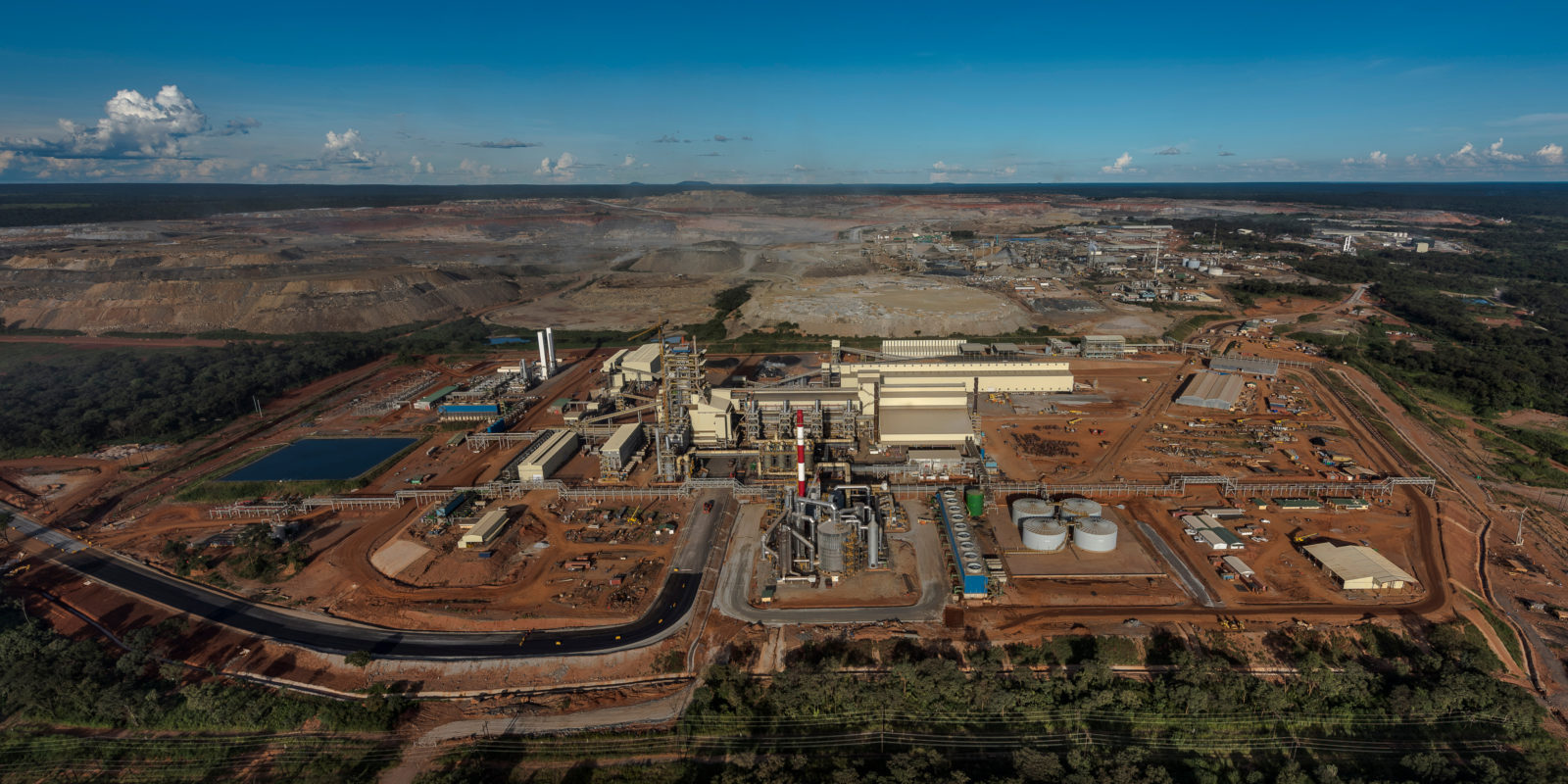News
Energy reform in context
The question that remains is whether anyone has asked the engineers.

POWER
The recent blackouts and President Cyril Ramaphosa’s announcement of the proposed split of Eskom has put the parastatal on the lips of every South African, often closely followed by an expletive. One thing lacking in the current discourse is the question of just how we got here, because Eskom wasn’t always a basket case. It’s hard to believe it, but there was a time when the country had abundant energy.
South Africa was once at the cutting edge of the international electricity supply industry. We got electric streetlights in Kimberley before they had them in London. And, over decades, Eskom built up the machinery and institutional capacity to be one of the world’s leading energy utilities. Peaking in 2001, when Eskom was named the Financial Times’ power company of the year for its “success in providing the world’s lowest cost energy while at the same time making superior technological innovations, increasing transmission system reliability and developing economical, efficient and safe methods for the combustion of low-grade coal”.
Eskom also led the electrification process across the country well before it was official government policy. In the early post-apartheid years, it was one of the government’s top-performing parastatals.
In 1998 the department of energy introduced the white paper on energy policy. This policy was supposed to change South Africa’s energy supply industry and open it up to more private participation. The paper was billed as the solution to the country’s excess capacity and under-electrification. Its key recommendations were to end Eskom’s monopoly over the construction of new generation capacity and to split the giant into three separate units for generation, transmission and distribution. It was a position that was supported by a 2001 Cabinet decision barring Eskom from building any new generation capacity.
Eskom Enterprises was created in 1999 as a non-regulated business wing to expand the reach of Eskom to the rest of Africa with work in energy and energy-related services. In 2000 the head of Eskom Enterprises, Thulani Gcabashe, was selected as the utility’s new chief executive and the company began to reposition itself towards a business-oriented model and started to present itself as outward facing.
But things did not go to plan. Partially, because there wasn’t a plan. Though the white paper had done an excellent job in signalling the future energy vision of the country, it did a terrible job in articulating what that environment would look like and in delineating who would call the shots.
The most detailed reforms were in distribution, which was seen as the area most in need of repair, and in electrification, which was a necessary investment in the future. The recommendations for what generation and transmission would look like were to come from further consultations.
By 2004, time had run out and, though there was significant interest from the private sector, the legislative environment could not keep up and South Africa had no final model for what a dynamic electricity supply industry would look like.
Eskom was allowed to build new generation capacity again but by then significant technical skills had been lost and there wasn’t enough time to build the required capacity. In 2007 South Africa experienced its first waves of rolling blackouts.
Over a decade later South Africa was once again plunged into darkness and Ramaphosa announced that Eskom would restart the process of separating into three independent companies for generation, transmission and distribution. This move aims to improve efficiency and provide a way out for the indebted behemoth.
But the solution does very little to address the fundamental challenges that Eskom now faces: that there is no longer anyone with the combination of technical skill and political clout to ensure that the lights stay on. Energy reform can be a positive step but it is not the panacea.
The question that remains is whether anyone has asked the engineers. Because what got us into this mess in the first place was suggesting policies that met international standards but failed to account for local context.
This article was originally published on The Mail & Guardian..



